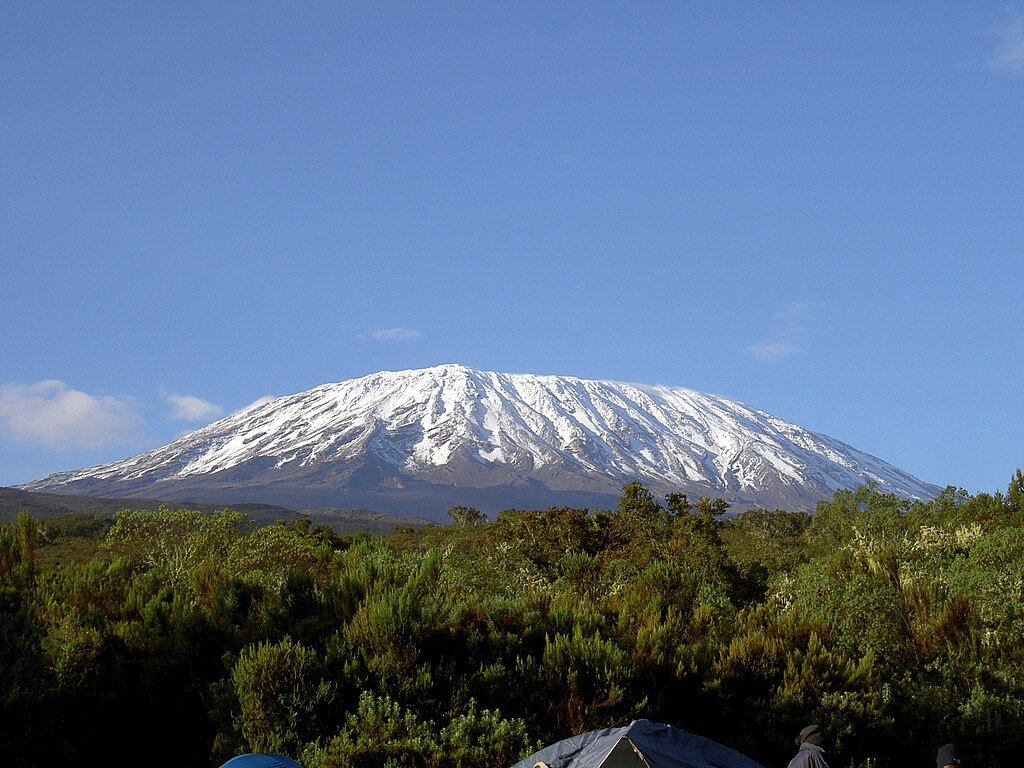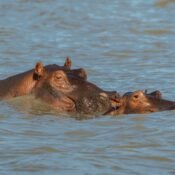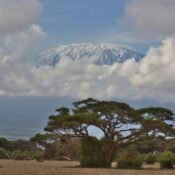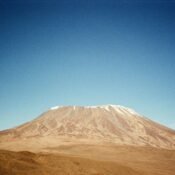
How Hard Is It to Climb Mount Kilimanjaro?
Mount Kilimanjaro is the tallest peak in Africa and is a bucket list destination for most of the adventurous all over the world. The mountain stands at 5,895 meters. It is the highest free-standing mountain and provides you with a unique challenge which is much easier than technical climbs like Everest. But how hard is Kilimanjaro to climb, depends on multiple factors, which we will talk about in this guide to help you prepare for this life-changing experience.
How hard to climb Kilimanjaro: Physical Demands
No Technical Climbing Skills Required
One of the main reasons that Mount Kilimanjaro draws in visitors from different skill levels as it is not a technical climb. You won’t need any ropes, grappler or any type of specialised mounting experience to climb this mountain. However, you do toleration and determination to climb long distances over several days.
Daily Trekking Hours
Climbers usually hike 4 – 5 hours a day, with the summit day being the most challenging of all as you have to climb 10-14 hours in freezing temperatures and low oxygen levels.
Preparation Recommendations
- Cardiovascular Fitness: You should include running, swimming or cycling in your training.
- Strength Training: You should focus on building leg muscles to handle steep climbing.
- Hiking Practice: You should go on short multi-hiking to imitate the experience.
How hard to climb Kilimanjaro: Altitude Challenges
High Altitude Effects
Altitude sickness is one of the biggest challenges while climbing Kilimanjaro Some of the symptoms of altitude sickness include headaches, nausea, fatigue, and shortness of breath. The risk increases if you climb too quickly without getting used to the altitude.
Mitigating Altitude Sickness
- Choose the Right Route: You should opt for longer routes so that you can easily get used to the climatic conditions of the mountain.
- Hydration and Nutrition: You should drink plenty of water and have energy-rich meals.
How hard to climb Kilimanjaro: Choosing the Right Route
Climbing Kilimanjaro difficulty mainly depends on the route you choose to go on. Each route provides you with different challenges scenery, and success rates. Let us talk about Kilimanjaro success rate by route.
How long does it take to climb Mount Kilimanjaro Easier Routes (Higher Success Rates)
Marangu Route: It is known as the Coca-Cola route. This route is the shortest and one of the most popular routes with the route having a Kilimanjaro hike distance of 72 kilometers.
Machame Route: It is a scene and averagely challenging route which gives you a good amount of time to adapt to the climate of the mountain.
How long to hike Kilimanjaro through Challenging Routes
Lemosho Route: It is a longer and more scenic route with a higher success rate as it gives good time to adjust to the conditions.
Umbwe Route: It is one of the steepest and most direct routes with Kilimanjaro hike miles of 33mi, which is usually suitable for experienced trekkers.
Success Rates:
Routes which have 7- 9 usually give a higher success rate [85 %] as compared to shorter routes having 5-6 days [ 50%]
Mental Toughness
Long Days and Harsh Conditions
Some of the mental challenges you will face :
- Early morning starts.
- Freezing summit temperatures (-10°C to -20°C).
- Exhaustion from altitude and long hiking hours.
Tips for Mental Preparation
- Breaking the climb into smaller goals [such as reaching the next camp].
- Try to stay focused and positive throughout the journey.
- Go for the climb with a supportive group or a guide team for motivation.
Weather Conditions
Temperature Extremes
- The temperature at the base of Kilimanjaro is warm and humid but there is a big drop in temperature when you ascend.
- The summit night is usually below freezing, with strong winds.
Seasonal Considerations
Best Time to Climb: Dry seasons (January-March and June-October) usually give you clear skies and better hiking conditions.
Avoid Rainy Seasons: During the rainy seasons, the trails can become muddy and slippery making it difficult to climb.
Costs and Support
Guided Climbs
All of Kilimanjaro climbs are guided which makes the mountain a suitable destination for first-time climbers also. Porters carry all your heavy gear while leaving you all focused on hiking with a daypack.
Costs
The average cost you will get is $2,000-$4,000 depending on the route, outfitter, and length of the trek. While it can be pricey, the support given by the guides and porters is extremely useful.
Summit Night – The Ultimate Test
The summit day which usually comprises climbing from the last camp to Uhuru Peak, is the most physically and mentally challenging part of the journey.
Start Time: It usually starts around midnight so you can reach the summit at sunrise.
Terrain: Slippery pebbles and icy patches make climbing slow and tiring.
Altitude Challenges: Feeling tired and having less oxygen makes it a tough challenge.
Tips for Summit Night
Dress Warmly: You should layer up with thermal gear, a down jacket, and gloves.
Stay Motivated: You should focus on the main reward of standing at the top of the highest peak in Africa.
How Hard Is It to Climb Mount Kilimanjaro: Who Can Climb Kilimanjaro?
While there is no technical skill required to climb Kilimanjaro, climbers should have a basic level of fitness. People who are having any health issues should consult a doctor before climbing.
Age Range
- Minimum age: 10 years old.
- Maximum age: Depends on fitness and health
Conclusion
Is it hard to climb Mount Kilimanjaro? Climbing Kilimanjaro is a challenging task but can be easily doable with proper preparation. While the journey to the top of the mountain is testing due to altitude, weather, and long trekking hours, the experience of reaching Uhuru Peak is quite exceptional. With the right type of mindset, training and the right type of assistance summiting the highest peak in Africa could be one of the most satisfying feelings in the world.




